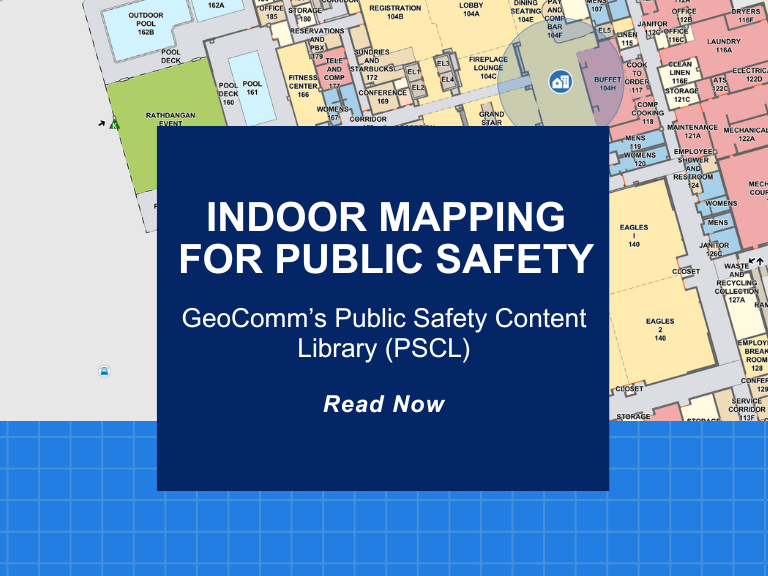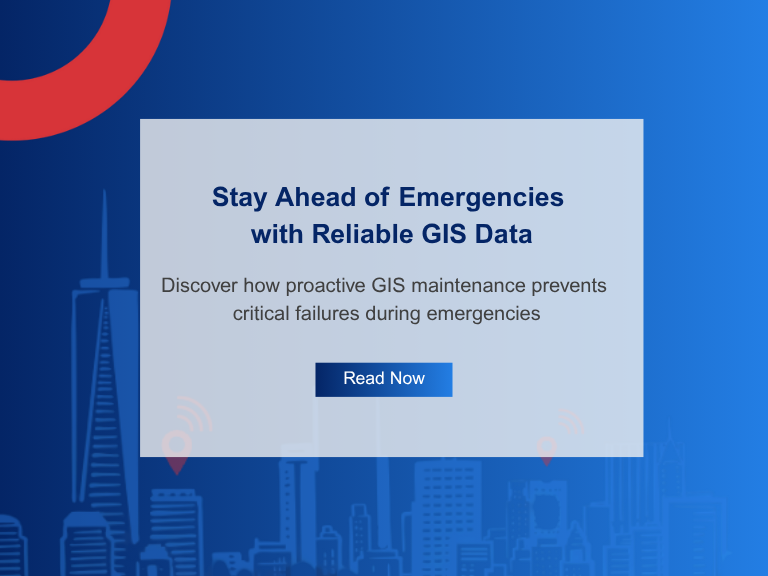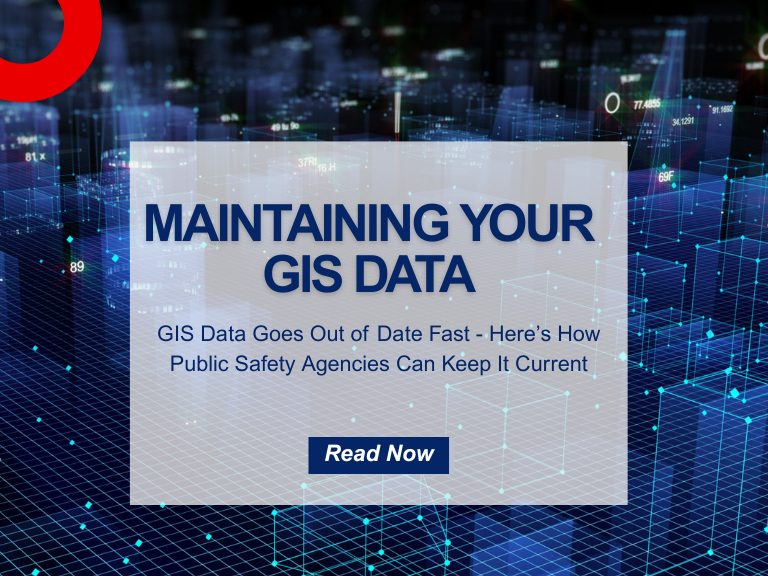GIS Data Assessment – Laying a Foundation for Success
Data about our location is everywhere. We live in a world of data. When answering a 9-1-1 call, access to accurate and up–to–date GIS data is critical because seconds count.
How accurate is the public safety GIS data in your community? Does your call taker, dispatcher, and first responder have the necessary data during those critical seconds? These are important questions GIS and 9-1-1 teams need to answer. As public safety is transitioning to Next Generation 9-1-1 (NG9-1-1), quality Public Safety Grade GIS data is essential to ensure 9-1-1 calls route to the correct Emergency Communications Center (ECC) and responders arrive at the correct location. To determine if your GIS data is up to this task, a GIS data assessment is the common approach to providing the answers that you need to enhance your current 9-1-1 system and prepare for NG9-1-1.
Where to Start
A GIS data assessment is the first step to determine if your data meets your community’s needs. It involves more than just analyzing GIS, Master Street Address Guide (MSAG), or Automatic Location Identification (ALI) databases. Education and development of local 9-1-1 data processes and maintenance workflows also play an integral role in the assessment process. Collaboration between your GIS and 9-1-1 professionals is more critical than ever before, as these teams work together to meet the GIS data quality needs of their 9-1-1 systems. Many agencies find advantages to having an outside assessment completed to streamline this process while being sensitive to interdepartmental goals. Common requirements of a GIS data assessment include:


